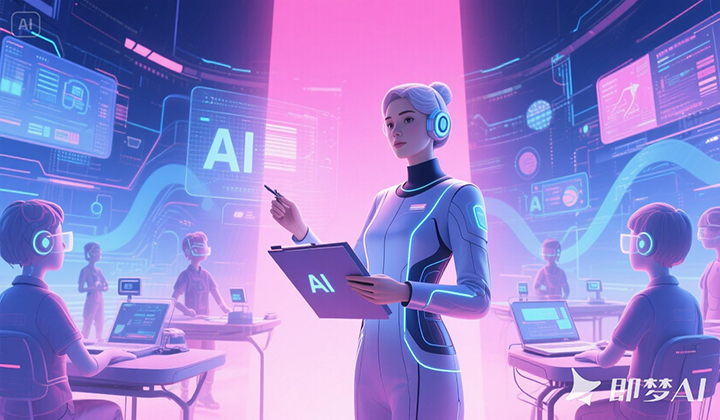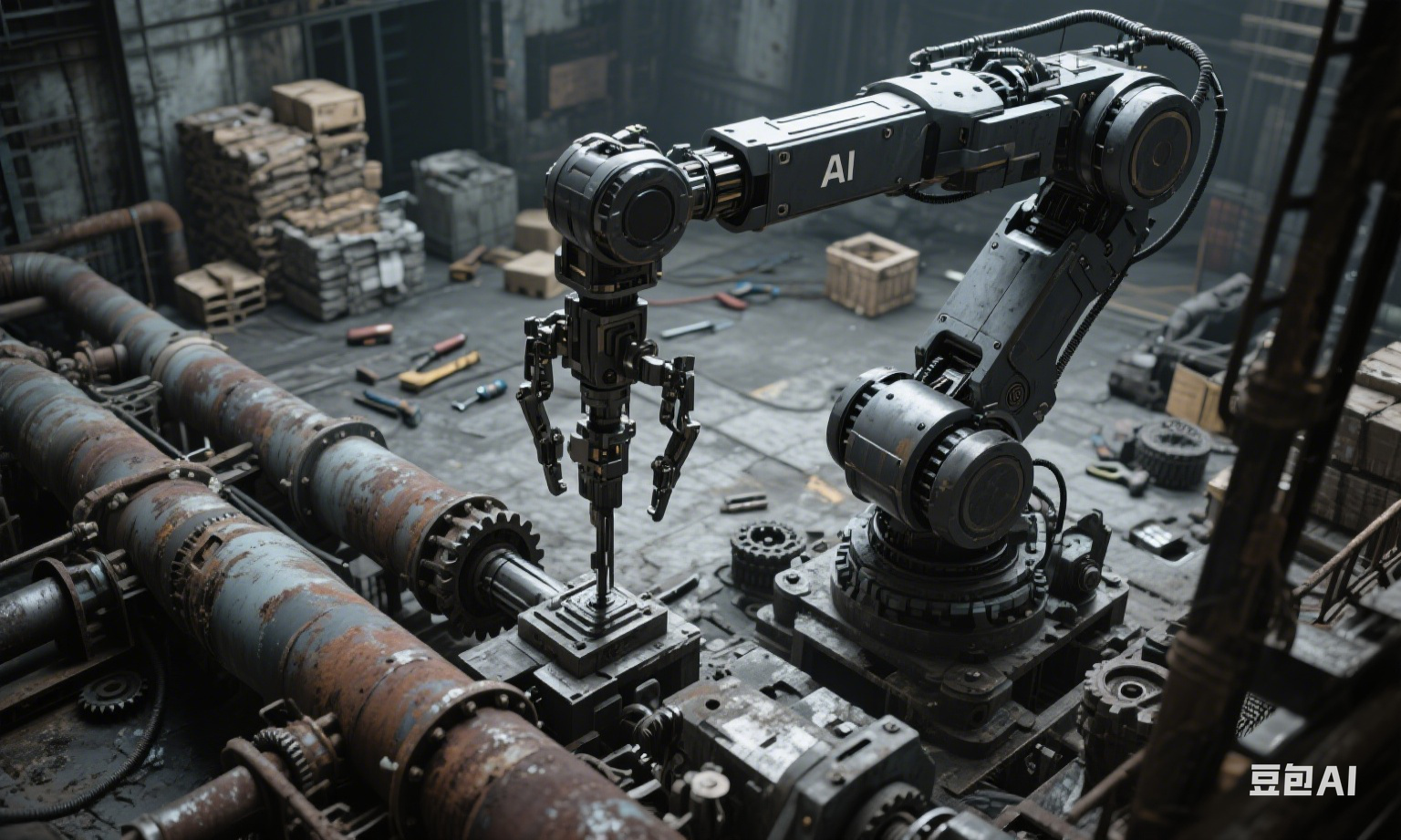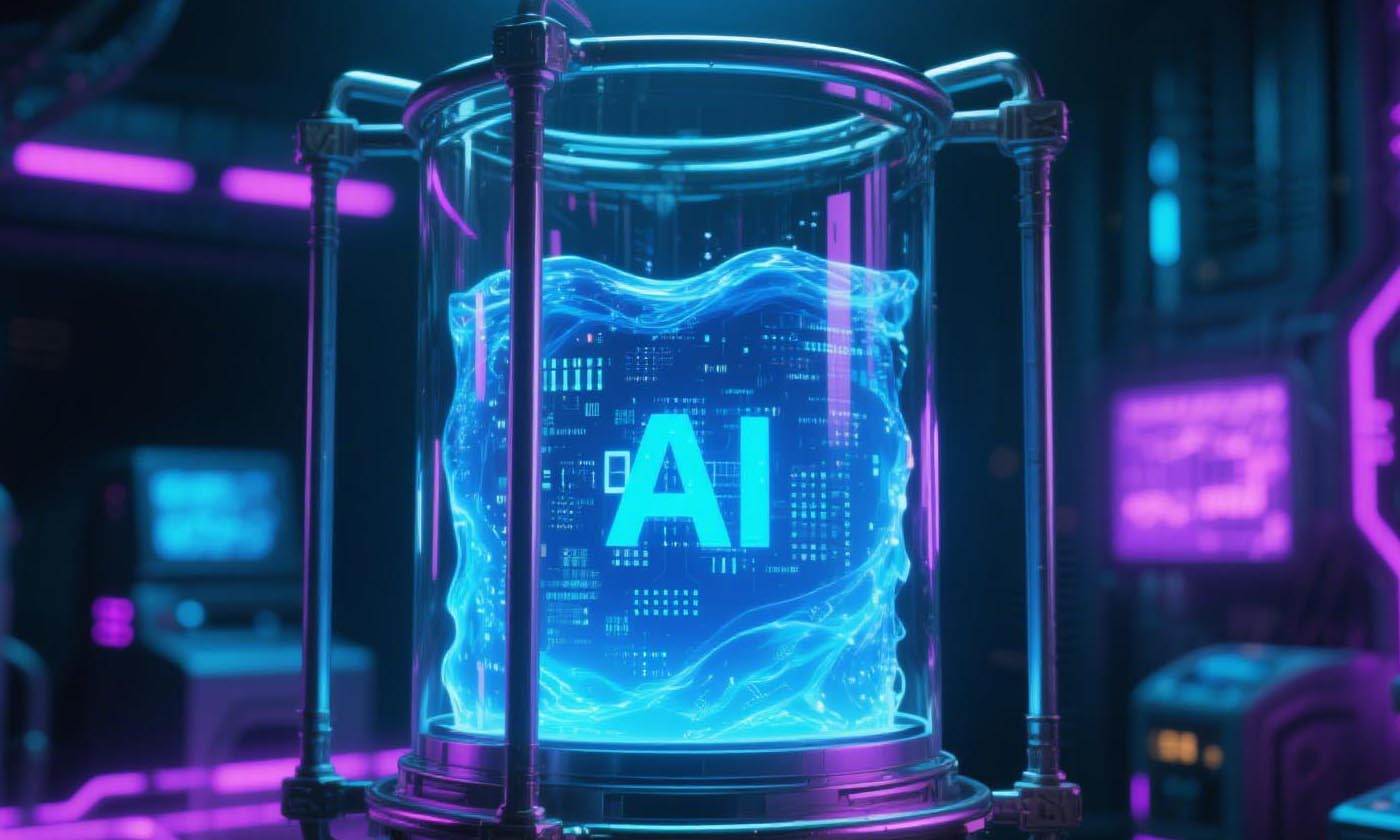AI and Music: Redefining Creativity in the Digital Age
观棋 2025-06-03
The intersection of artificial intelligence and music has sparked a transformative wave in the creative landscape, blending algorithmic precision with artistic expression. From composing symphonies to enhancing educational tools, AI is reshaping how music is created, consumed, and experienced. This article explores the latest advancements, collaborative models, and ethical considerations that define this evolving frontier.
AI and Music: Redefining Creativity in the Digital Age**
The intersection of artificial intelligence and music has sparked a transformative wave in the creative landscape, blending algorithmic precision with artistic expression. From composing symphonies to enhancing educational tools, AI is reshaping how music is created, consumed, and experienced. This article explores the latest advancements, collaborative models, and ethical considerations that define this evolving frontier.
### **The Rise of AI in Music Creation**
AI-driven tools like **Suno**, **Beatoven**, and **AIVA** have democratized music production, allowing users to generate tracks across genres with simple text prompts . These platforms automate tasks such as noise removal, mixing, and sound design, lowering barriers to entry for aspiring musicians. For instance, **Riffusion**, a diffusion model, enables users to transform vocal melodies into unconventional sounds, inspiring new creative directions .
In 2025, breakthroughs like **Mureka O1** by Kunlun Tech exemplify AI’s leap toward industrial-grade music generation. This model can produce full-length songs—complete with vocals,编曲, and混音—in under two minutes, passing professional blind tests . Its **Chain-of-Musical-Thought** framework predefines structural elements like mood curves and instrument arrangements, ensuring coherence while retaining creative flexibility . Similarly, **Tiangong SkyMusic** leverages a Sora-like architecture to generate 80-second tracks with realistic vocal performances, supporting styles from folk to electronic .
### **Human-AI Collaboration: A New Creative Paradigm**
Rather than replacing human artists, AI acts as a collaborative partner. Composers like Sun Yuming integrate AI-generated motifs into works like *Quantum Concerto*, manually refining algorithmic outputs to create complex musical dialogues . This “generate-filter-recreate” approach mirrors the workflow of **Koup Music**, where AI-generated snippets serve as springboards for original compositions .
Educational applications further highlight this synergy. The **LeWu** system at the Shanghai Conservatory uses AR to analyze students’ playing techniques in real time, projecting corrective feedback to enhance skill development . Meanwhile, AI tools are transforming language learning: by converting English lessons into catchy songs, platforms like Sponge Music boost memorization rates by over 200% .
### **Technological Breakthroughs and Industry Impact**
AI’s technical prowess is reshaping music production at scale. The **ZhiYin** system from the Central Conservatory of Music (CCoM) composed the symphony *Thousand Miles of Rivers and Mountains* by analyzing classical Chinese aesthetics, blending neural networks with traditional orchestration . Such innovations have commercialized rapidly: platforms like DeepSeek now generate 270,000 songs daily, with 13% entering commercial circulation .
The market reflects this growth: the global AI music sector is projected to exceed $15 billion by 2030, driven by applications in gaming, advertising, and streaming . Tencent Music’s *Starlight Project* uses blockchain to track AI-human contributions, addressing copyright concerns by quantifying creative input . However, challenges persist, including debates over AI training data ethics and the need for legal frameworks to protect artists’ rights .
### **The Future: AI as a Catalyst for Artistic Evolution**
Looking ahead, AI’s role will deepen across the musical spectrum. **Harmony Brain**, a joint project between CCoM and Huawei, aims to automate end-to-end music creation, from emotion detection to virtual performances . Meanwhile, live collaborations—like the 2025 Carnegie Hall concert where a guzheng virtuoso performed with an AI ensemble—demonstrate AI’s capacity to transcend geographical and creative boundaries .
As AI evolves, the distinction between human and machine creativity blurs. While purists argue that algorithms lack emotional depth, proponents highlight AI’s ability to uncover novel musical patterns. The key, as seen in projects like **Manus**, lies in empowering creators to retain control while leveraging AI’s efficiency .
Conclusion
AI is not a replacement for human ingenuity but a tool that amplifies it. By democratizing access to music creation, fostering collaboration, and pushing technical frontiers, AI is fostering a new era where art and technology coexist symbiotically. As the industry navigates ethical and legal challenges, the fusion of AI and music promises to redefine what it means to create, perform, and experience music—ultimately enriching the global cultural landscape.
In this AI-driven era, the question is no longer “Can machines make music?” but “How will we shape the future of creativity together?”
The intersection of artificial intelligence and music has sparked a transformative wave in the creative landscape, blending algorithmic precision with artistic expression. From composing symphonies to enhancing educational tools, AI is reshaping how music is created, consumed, and experienced. This article explores the latest advancements, collaborative models, and ethical considerations that define this evolving frontier.
### **The Rise of AI in Music Creation**
AI-driven tools like **Suno**, **Beatoven**, and **AIVA** have democratized music production, allowing users to generate tracks across genres with simple text prompts . These platforms automate tasks such as noise removal, mixing, and sound design, lowering barriers to entry for aspiring musicians. For instance, **Riffusion**, a diffusion model, enables users to transform vocal melodies into unconventional sounds, inspiring new creative directions .
In 2025, breakthroughs like **Mureka O1** by Kunlun Tech exemplify AI’s leap toward industrial-grade music generation. This model can produce full-length songs—complete with vocals,编曲, and混音—in under two minutes, passing professional blind tests . Its **Chain-of-Musical-Thought** framework predefines structural elements like mood curves and instrument arrangements, ensuring coherence while retaining creative flexibility . Similarly, **Tiangong SkyMusic** leverages a Sora-like architecture to generate 80-second tracks with realistic vocal performances, supporting styles from folk to electronic .
### **Human-AI Collaboration: A New Creative Paradigm**
Rather than replacing human artists, AI acts as a collaborative partner. Composers like Sun Yuming integrate AI-generated motifs into works like *Quantum Concerto*, manually refining algorithmic outputs to create complex musical dialogues . This “generate-filter-recreate” approach mirrors the workflow of **Koup Music**, where AI-generated snippets serve as springboards for original compositions .
Educational applications further highlight this synergy. The **LeWu** system at the Shanghai Conservatory uses AR to analyze students’ playing techniques in real time, projecting corrective feedback to enhance skill development . Meanwhile, AI tools are transforming language learning: by converting English lessons into catchy songs, platforms like Sponge Music boost memorization rates by over 200% .
### **Technological Breakthroughs and Industry Impact**
AI’s technical prowess is reshaping music production at scale. The **ZhiYin** system from the Central Conservatory of Music (CCoM) composed the symphony *Thousand Miles of Rivers and Mountains* by analyzing classical Chinese aesthetics, blending neural networks with traditional orchestration . Such innovations have commercialized rapidly: platforms like DeepSeek now generate 270,000 songs daily, with 13% entering commercial circulation .
The market reflects this growth: the global AI music sector is projected to exceed $15 billion by 2030, driven by applications in gaming, advertising, and streaming . Tencent Music’s *Starlight Project* uses blockchain to track AI-human contributions, addressing copyright concerns by quantifying creative input . However, challenges persist, including debates over AI training data ethics and the need for legal frameworks to protect artists’ rights .
### **The Future: AI as a Catalyst for Artistic Evolution**
Looking ahead, AI’s role will deepen across the musical spectrum. **Harmony Brain**, a joint project between CCoM and Huawei, aims to automate end-to-end music creation, from emotion detection to virtual performances . Meanwhile, live collaborations—like the 2025 Carnegie Hall concert where a guzheng virtuoso performed with an AI ensemble—demonstrate AI’s capacity to transcend geographical and creative boundaries .
As AI evolves, the distinction between human and machine creativity blurs. While purists argue that algorithms lack emotional depth, proponents highlight AI’s ability to uncover novel musical patterns. The key, as seen in projects like **Manus**, lies in empowering creators to retain control while leveraging AI’s efficiency .
Conclusion
AI is not a replacement for human ingenuity but a tool that amplifies it. By democratizing access to music creation, fostering collaboration, and pushing technical frontiers, AI is fostering a new era where art and technology coexist symbiotically. As the industry navigates ethical and legal challenges, the fusion of AI and music promises to redefine what it means to create, perform, and experience music—ultimately enriching the global cultural landscape.
In this AI-driven era, the question is no longer “Can machines make music?” but “How will we shape the future of creativity together?”












